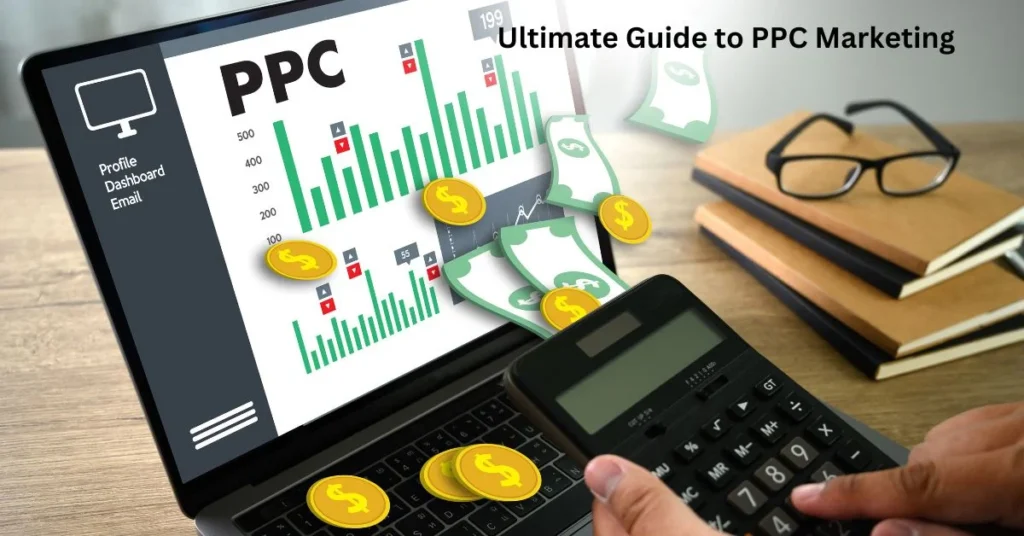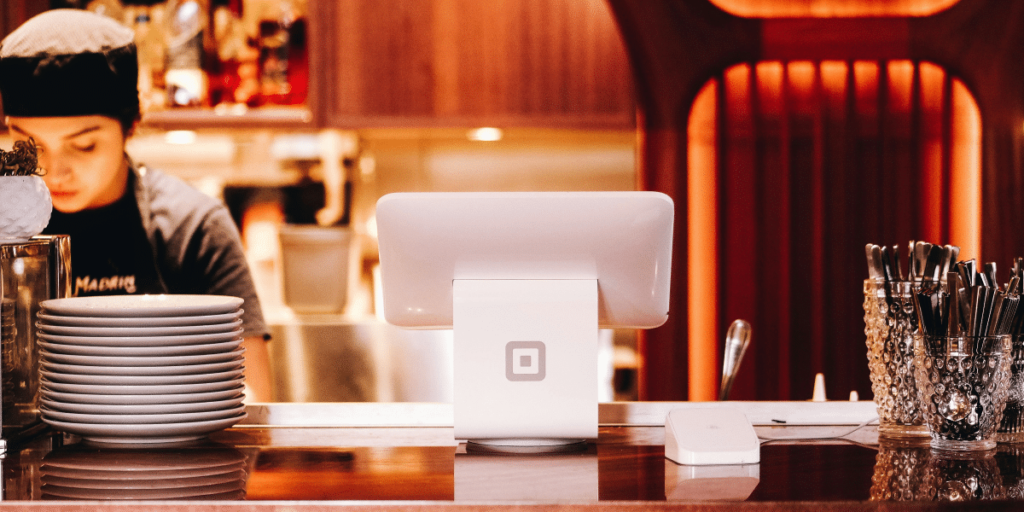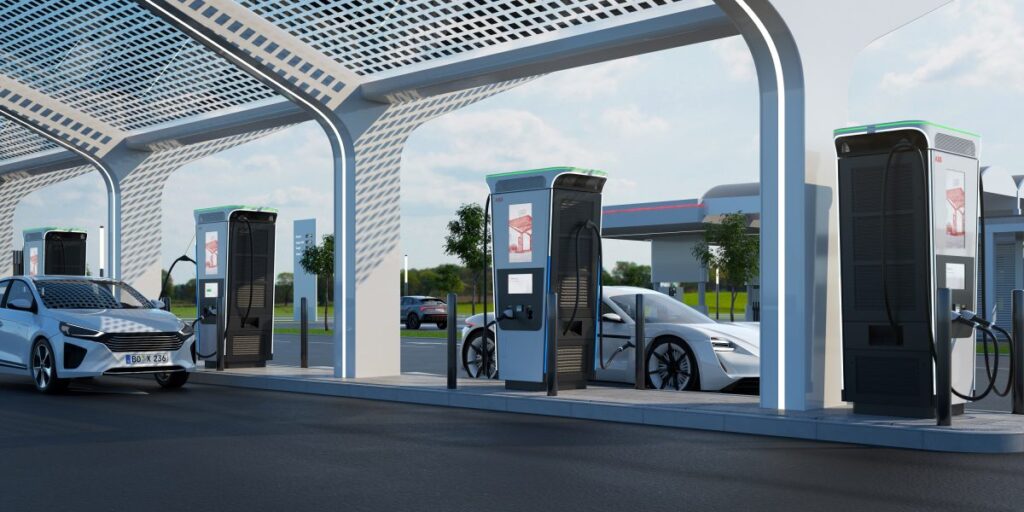Are your PPC campaigns falling short despite high click-through rates? You’re not alone. In 2025, pay-per-click (PPC) advertising has evolved far beyond basic keyword bidding. With rising competition, algorithmic changes, and increasing user expectations, marketers must go beyond traditional tactics to stay ahead.
This article dives into the most effective PPC advertising techniques that deliver measurable ROI in today’s digital marketing landscape. Whether you’re managing Google Ads, Meta (Facebook) Ads, LinkedIn Ads, or YouTube campaigns, these actionable strategies are designed to optimize performance, reduce wasted spend, and convert more clicks into customers.
What Is PPC Advertising and Why It Still Matters in 2025
Pay-per-click advertising is a digital marketing model where advertisers pay a fee each time one of their ads is clicked. PPC is prevalent on search engines (Google, Bing) and social media platforms (Meta, LinkedIn, TikTok).
Types of PPC Campaigns
- Search Ads: Appear on search engine results pages (SERPs)
- Display Ads: Visual ads placed on websites within ad networks
- Shopping Ads: Promote e-commerce products directly in search results
- Video Ads: Run on platforms like YouTube and TikTok
- Remarketing Ads: Target users who have previously visited your website
Why PPC Still Matters
- Instant visibility and traffic
- Highly measurable and controllable
- Fast testing and optimization of campaigns
Stat: Global PPC ad spend is projected to reach $351.6 billion in 2025, highlighting its ongoing importance (Statista).
AI-Powered PPC Strategies for Smarter Bidding
Automation and machine learning are no longer optional in PPC. They are essential for optimizing bids, budgets, and targeting.
Smart Bidding Strategies
- Target CPA (Cost-Per-Acquisition): Automatically sets bids to get as many conversions as possible at the target cost
- Target ROAS (Return on Ad Spend): Adjusts bids based on predicted conversion value
- Maximize Conversions: Allocates budget to drive the most conversions
- Maximize Conversion Value: Focuses on high-value conversions
Responsive Search Ads (RSAs)
- Automatically combine headlines and descriptions to test best-performing versions
- Use AI to adapt messaging based on user search behavior
Performance Max Campaigns (Google Ads)
- Combine all Google properties (Search, Display, YouTube, Gmail) into one AI-driven campaign
Case Insight: Brands using AI-based bidding have seen CPCs reduced by 25% and ROI boosted by over 50% (WordStream).
Keyword Targeting Techniques That Actually Work
Despite evolving technology, keywords remain central to PPC success. Precision in keyword selection and management determines both cost and conversion potential.
Winning Keyword Tactics
- Long-Tail Keywords: Lower competition, higher intent (e.g., “affordable SEO consultant for startups”)
- Negative Keywords: Prevent ads from showing on irrelevant searches (e.g., adding “free” as a negative)
- Match Types:
- Broad Match: Wider reach, less relevance
- Phrase Match: Medium control
- Exact Match: High control, precise targeting
- Dynamic Keyword Insertion (DKI): Automatically inserts the keyword into your ad copy to boost relevance
Tool Tip: Use SEMrush or Ahrefs to uncover high-converting, low-competition keyword opportunities.
Audience Targeting and Segmentation Techniques
Knowing who you are targeting is just as critical as what keywords you use.
Advanced Targeting Options
- Custom Audiences: Build audiences based on website visits, app usage, or customer email lists
- Lookalike Audiences: Reach new users who behave similarly to your current customers
- Remarketing Lists for Search Ads (RLSAs): Customize search ads for users who previously interacted with your site
- In-Market Audiences: Target users actively researching or considering specific products or services
Segmentation by Behavior & Demographics

- Age, gender, parental status, income
- Device (mobile vs desktop)
- Geography and local intent
- Time of day/day of week
Visual Element: Include a funnel graphic showing Awareness > Consideration > Conversion with PPC tactics mapped to each stage.
Mobile-First & Multi-Platform PPC Techniques
With over 60% of PPC traffic coming from mobile, campaigns must be optimized for cross-device engagement.
Mobile Optimization Tips
- Use responsive ads and extensions
- Design mobile-friendly landing pages
- Schedule ads for peak mobile traffic times
- Prioritize speed (Google recommends a load time under 3 seconds)
Multi-Platform Expansion
- TikTok Ads: Short-form video with direct calls-to-action
- Instagram Reels: Visual storytelling with product tagging
- YouTube TrueView Ads: Skippable ads optimized for engagement
Stat: 65% of all PPC clicks now occur on mobile devices (Search Engine Land).
A/B Testing and Conversion Rate Optimization (CRO)
Optimization is continuous. A/B testing reveals what resonates with users.
Elements to Test
- Headlines and descriptions
- Call-to-action (CTA) language
- Display URLs
- Landing page layout and form fields
A/B Testing Tools
- Google Ads Experiments
- VWO
- Optimizely
Example: A/B testing CTA text from “Get Started Now” to “Claim Your Free Trial” increased CTR by 35% in one SaaS campaign.
Fraud Prevention and Budget Protection Techniques
Click fraud and bot traffic waste billions annually. Protecting your budget is crucial.
How to Prevent PPC Fraud
- IP Exclusions: Block suspicious IP addresses from seeing your ads
- Click-Fraud Detection Tools: ClickCease, PPC Protect, TrafficGuard
- Ad Scheduling: Run ads only during business hours or when real users are active
- Conversion Tracking: Cross-check ad clicks with actual conversions and on-site behavior
Stat: Click fraud is expected to cost advertisers $172 billion by 2028 (Statista).
Analytics and Tracking for Smarter Decision-Making
Effective PPC requires accurate tracking and real-time data analysis.
Must-Have Analytics Tools
- Google Analytics 4 (GA4): Improved user tracking and predictive metrics
- Google Tag Manager: Flexible, code-free event tracking
- Meta Pixel & Conversions API: Better attribution for Facebook Ads
- CRM Integration: Connect PPC campaigns to your sales pipeline (e.g., HubSpot, Salesforce)
Attribution Models
- Last-Click: Credits the last interaction before conversion
- First-Click: Focuses on awareness phase
- Data-Driven: Uses machine learning to assign value to each touchpoint
Pro Tip: Use UTM parameters in all URLs for precise channel tracking.
Conclusion: Putting It All Together
PPC advertising in 2025 is not about spending more—it’s about spending smarter. By integrating AI, refining keyword and audience targeting, optimizing for mobile, and vigilantly protecting your ad spend, you can unlock consistent and scalable results.
Success lies in constant iteration. Test. Learn. Optimize. Whether you’re running search, display, or video campaigns, the techniques outlined in this guide will help future-proof your PPC strategy.
















